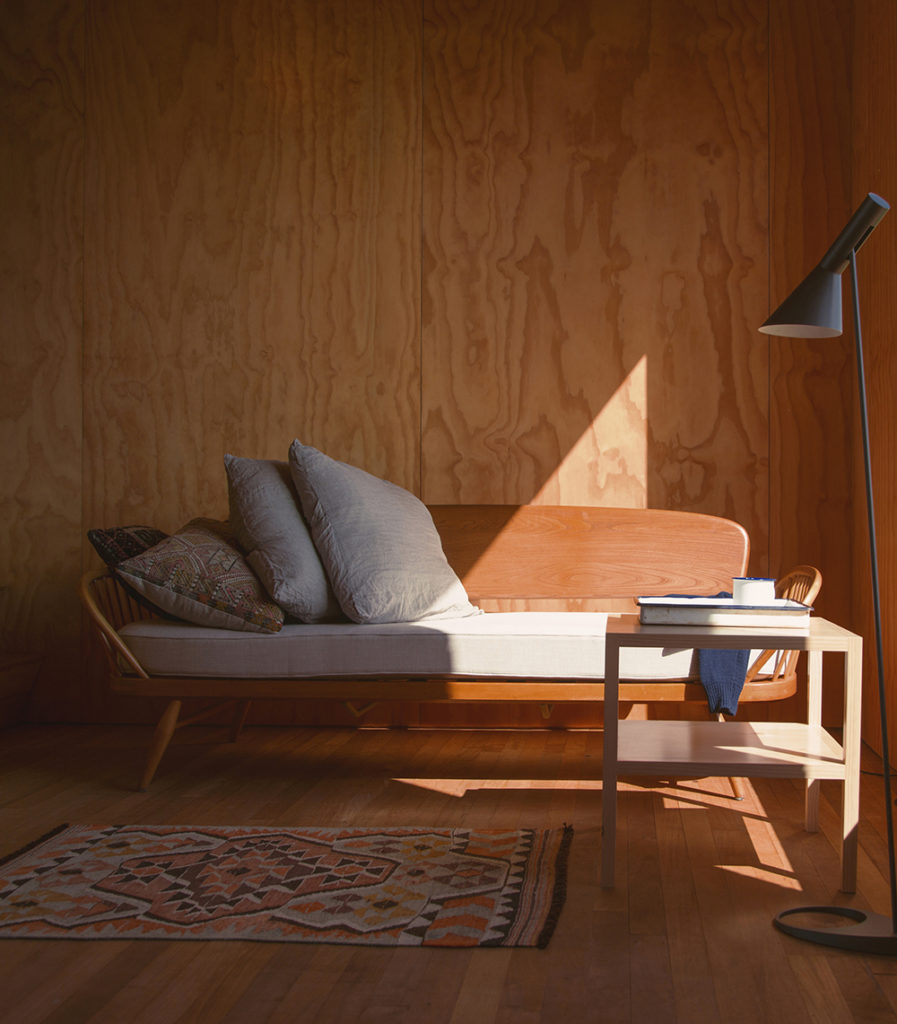The black stain dotting the pastoral landscape catches the eye and holds it. It’s not immediately clear what the structure is—a sculpture? A shed?—and the material used to make it is elusive. This is exactly the effect designer Nat Cheshire desired when he and some friends decided to design and build two houses that would transport a traditional Japanese technique to rural New Zealand.
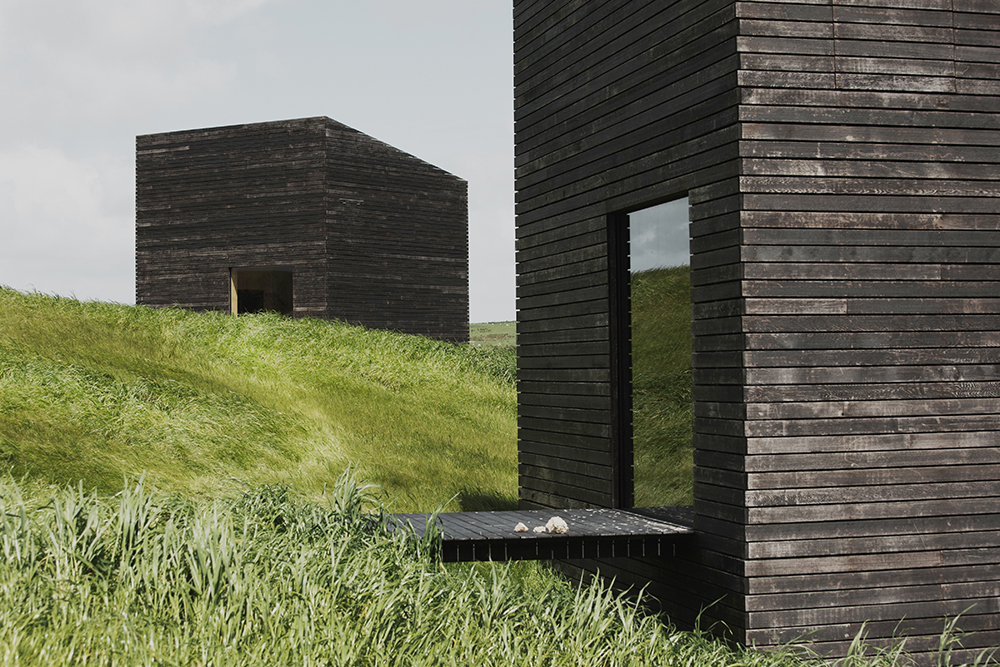
Yakisugi is a method of preserving and finishing wood using fire. Often referred to as shou sugi ban in the West, yakisugi-ita—or simply yakisugi, as it is known in Japan—loosely translates to “heat-treated cedar board.” And the visually arresting charred wood has been embraced by architects outside Japan as much for its minimalist natural aesthetic as for its practicality.
“We wanted to stop people in their tracks,” says Cheshire. “Jar them out of the high speed of the city and make them confront where they actually were.” And the organic, cracked blackness of burnt cedar cemented this vision. Plans for the Eyrie—as the two houses near Kaiwaka, New Zealand, are known—began in 2011. Cheshire had limited information on yakisugi and a very small budget, so they improvised with trial and error to get the desired effect. In the years since, however, many more western architects have begun using the practice.
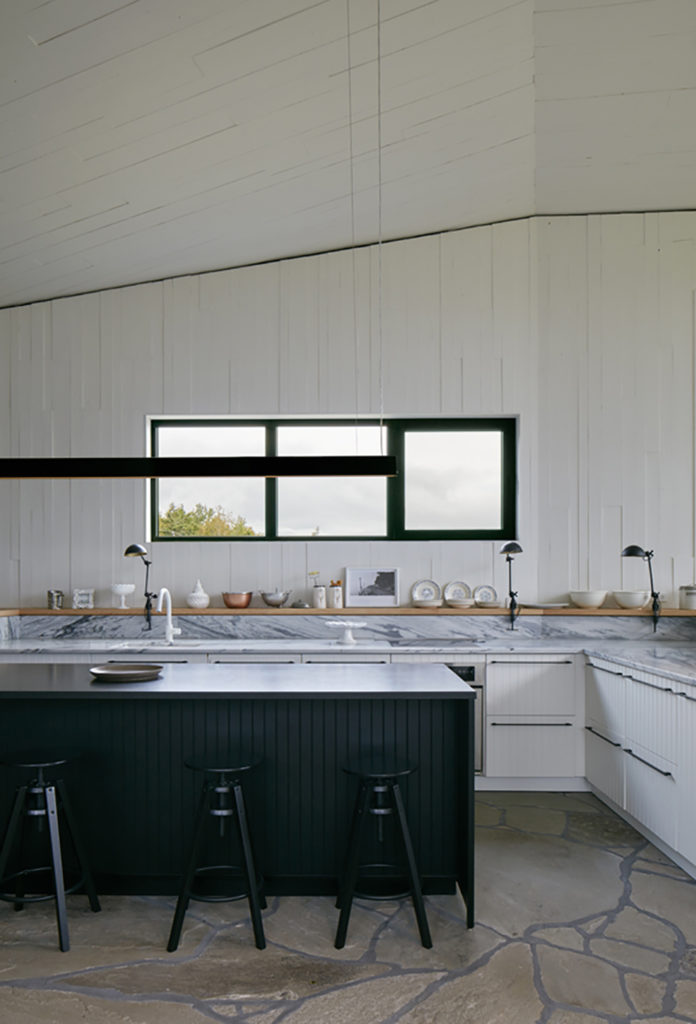
Yakisugi originated in Japan around the 18th century (though some examples of the practice are even older). The process of charring the wood leaves a dense carbonized layer that renders the wood fireproof,
as well as resistant to rot and pest decay. Only the outward faces of
the planks are burned. It was historically used for the facades of rural homes and storage dwellings, as protection from fires. The practice was traditionally applied to Cryptomeria japonica, a species of the cypress family native to Japan, which is often referred to as Japanese cedar. Planks are burnt to the correct ratio of char, then cooled with water and allowed to settle before finally being brushed and coated with a natural oil. It is a laborious process, but one that extends the life of the wood to over 80 years, by some estimates.
The popularity of yakisugi within Japan has fluctuated over the centuries. “Prewar, it was seen as a kind of backcountry material,” explains Paul Bennett, a representative at Nakamoto Forestry North America. “It was on the backs of houses, and it was supposed to be put there and forgotten about. Then new materials became more popular, such as vinyl and plastics, concrete, and stucco. It fell out of favour and then came back again with a pretty big fervour in the ’70s in Japan; that’s when you saw an explosion of large-scale manufactures.” Nakamoto Forestry is the largest global producer of yakisugi, with operations in Japan, North America, and Europe. The company only works with Cryptomeria japonica.
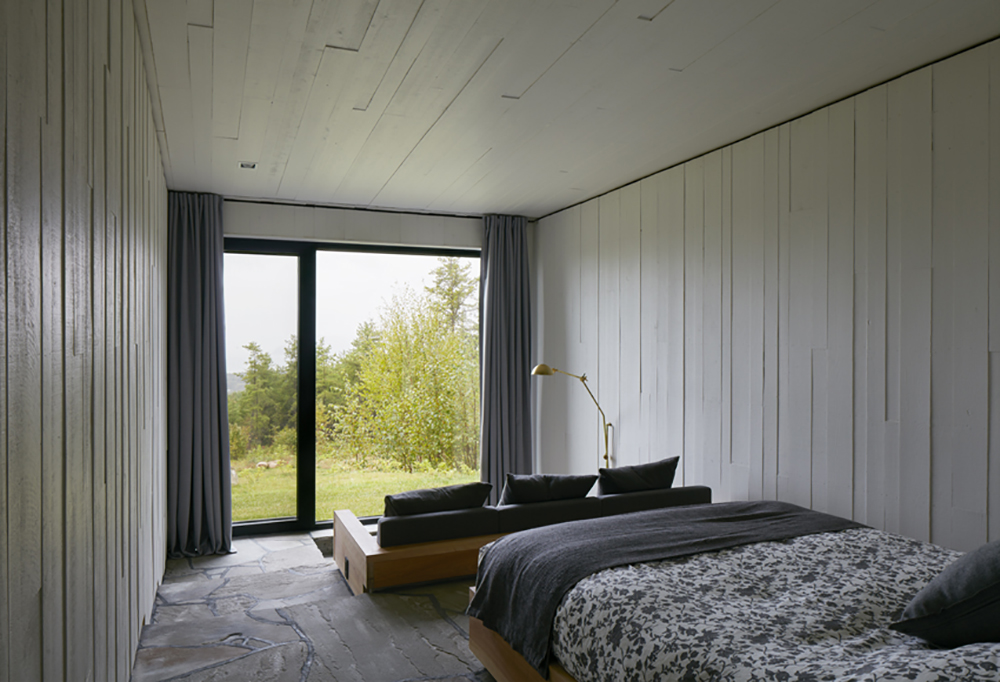
The venerated Japanese architect Terunobu Fujimori has long championed the material and its use in contemporary design. In the past few years, however, architects and designers beyond Japan have taken an interest in yakisugi. As blackhouses have become fashionable, yakisugi has surged as a product that melds aesthetics and function. In 2016, the Montreal-based studio Alain Carle Architecte completed La Charbonnière, a house that was part of a larger development project in the Charlevoix region of Quebec. The house sits sculpturesque overlooking the St. Lawrence River, while the organic slope of the building mirrors the tumbling landscape. The exterior walls showcase yakisugi.
“Using wood as a siding is always a bit difficult with clients,” expresses Alexandre Lemoyne, project manager at Alain Carle Architecte. “They are always worried about the maintenance, and this being not a specific type of stain or paint, it seems very odd for clients, and it was hard for us to convince them that it was actually something very easy to use and low-maintenance.” La Charbonnière was the studio’s first project where the client was enthusiastic about incorporating the tradition into the design. And the timing of the undertaking coincided with increased interest in yakisugi in the West. Nakamoto Forestry began exporting to the United States in 2017.
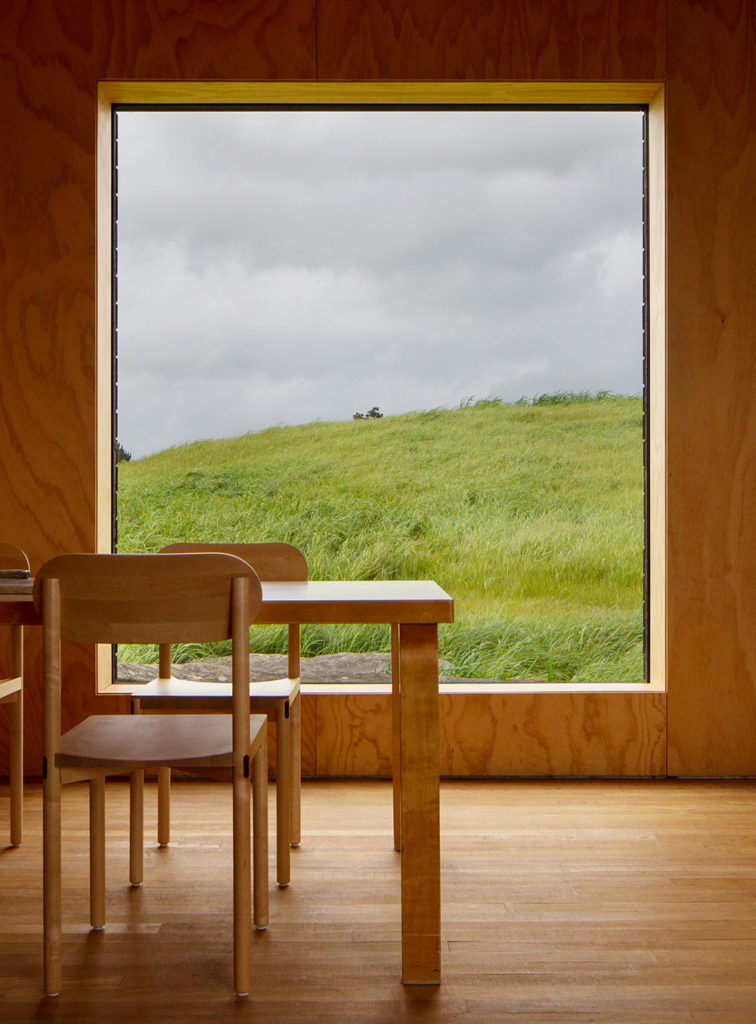
As a non-chemical way of preserving wood, yakisugi also taps into current demand for products that showcase organic craftsmanship and environmentalist ethics. Architecture is well-positioned to be at the forefront of this push for sustainability. “Using traditional material is taking attention away from vinyl and cement board,” says Bennett. “Getting to use carbon-sink materials like wood and give them more longevity—that is what people want: longevity. They don’t want a throwaway culture. This just makes more sense.”
Austere and obsidian, with an often reptilian texture, yakisugi-clad houses are striking—a fusion of the modern and the elemental. “As our lives become increasingly digitized, there is a reflection back towards the analog,” explains Cheshire. He adds that yakisugi is “exceptionally beautiful,” with “a kind of matteness and fineness of grain in the charring that is unlike anything else in the building industry.” But the material’s appeal is not only it’s aesthetic—it’s also a sense of connection to the natural world that makes yakisugi appealing. In Chesire’s words, yakisugi transforms timber “back into something that still feels like it has something to do with a tree.” Interiors, Eyrie residence by Cheshire Architects
